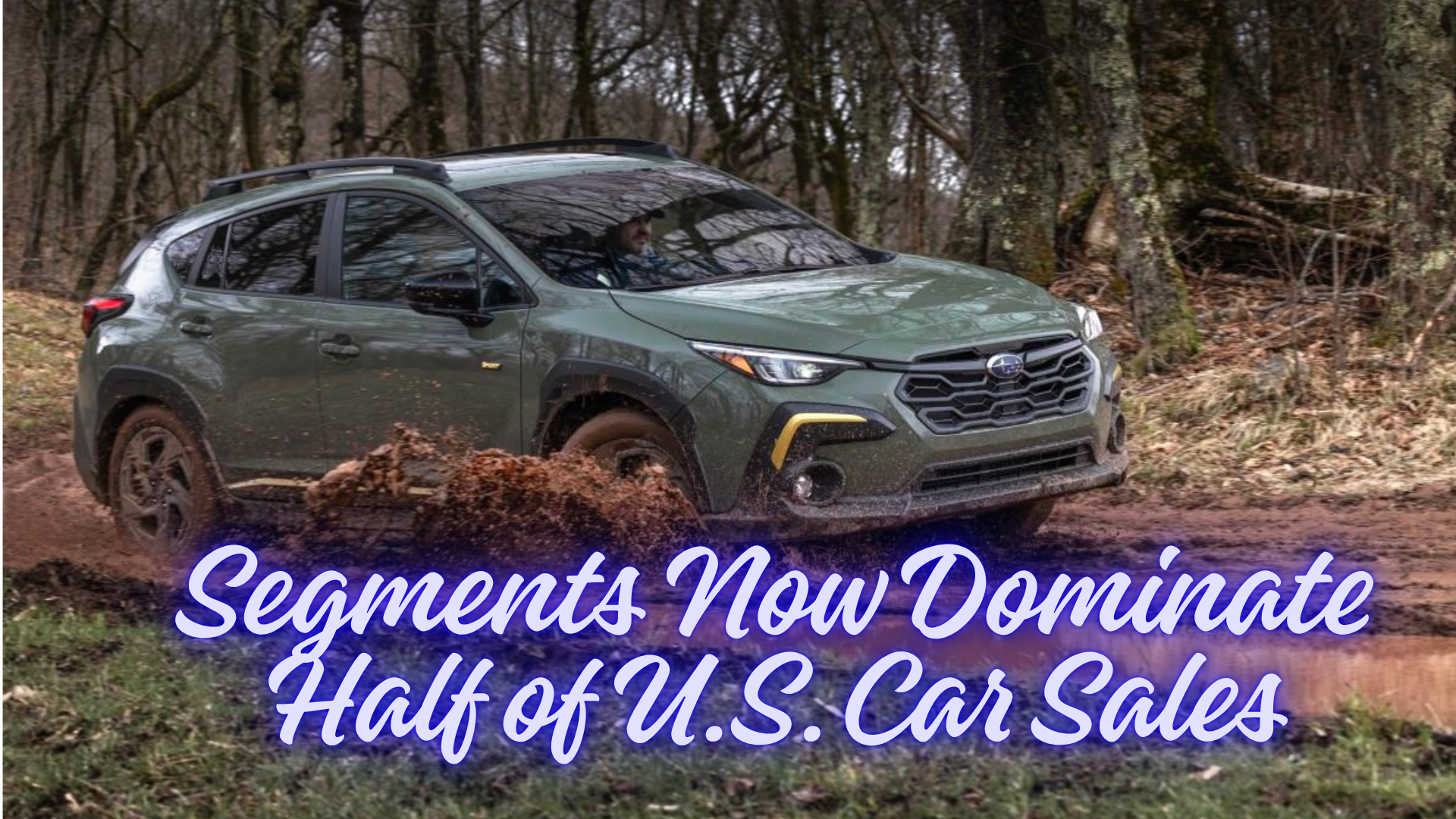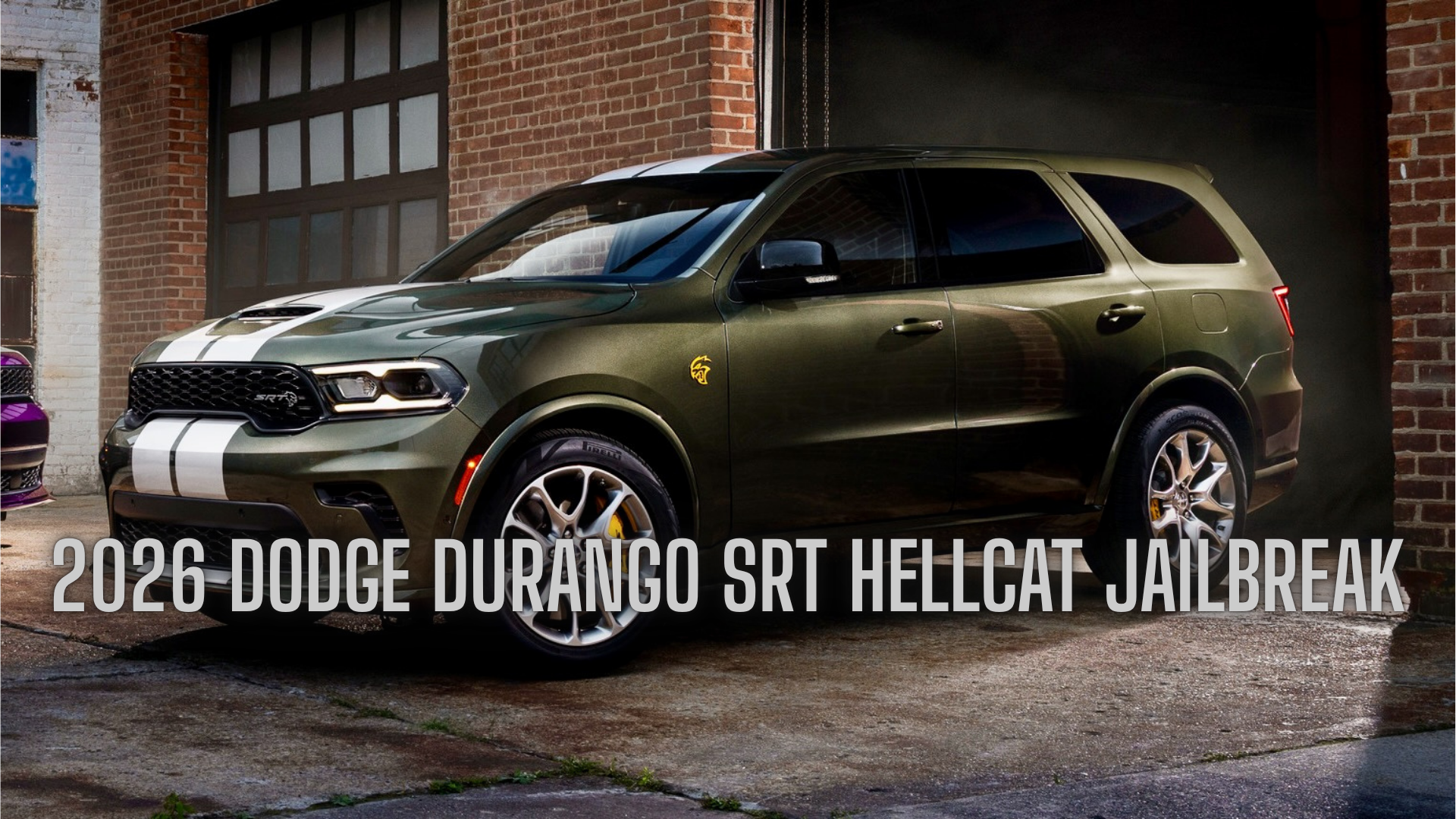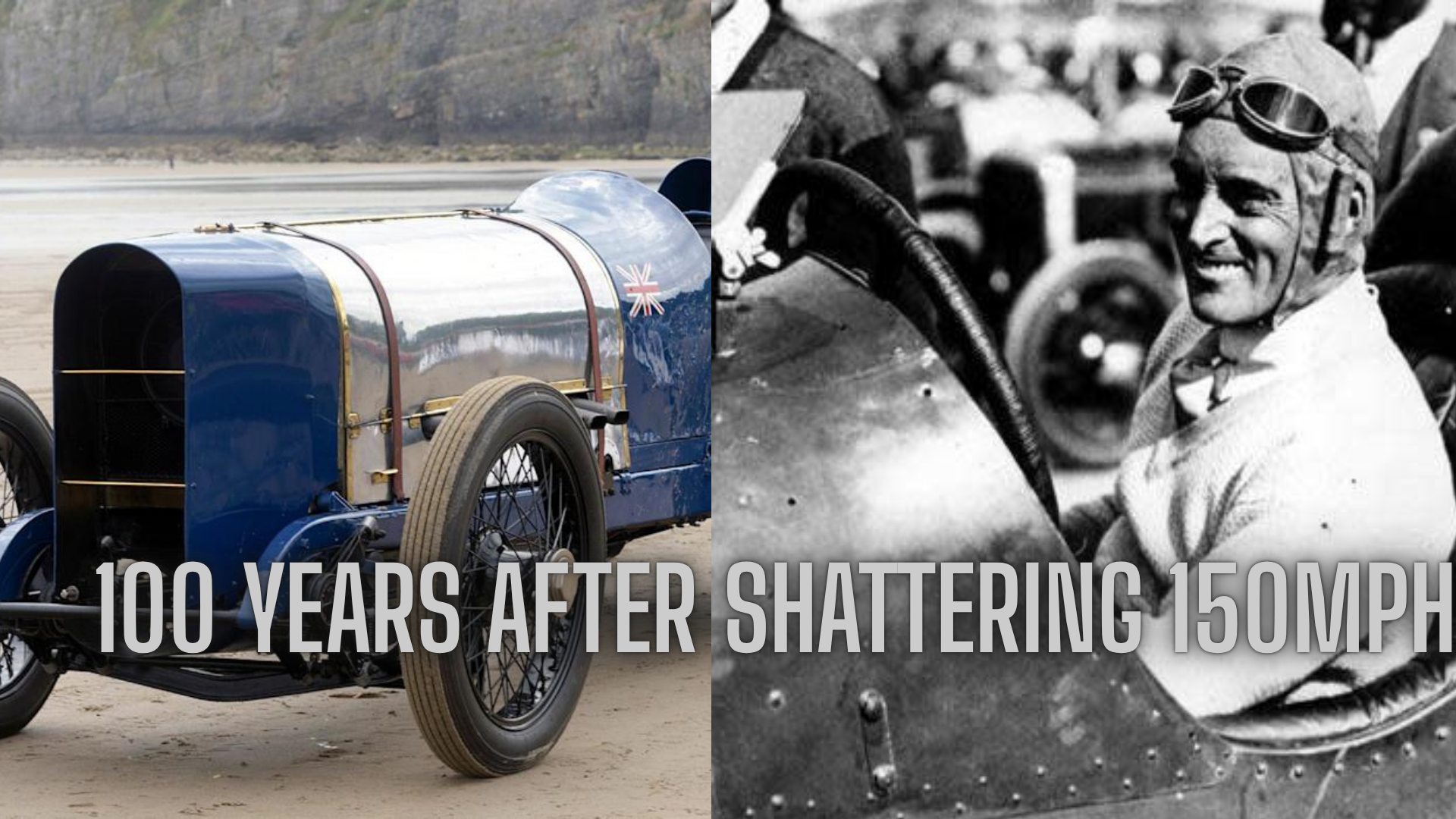A new report from S&P Global Mobility shows how the American automotive market has drastically shifted from sedans to crossovers, SUVs, and trucks.
The Decline of the Sedan Era
Once the backbone of American driveways, sedans like the Honda Civic and Toyota Camry were ubiquitous across cities and suburbs. A decade ago, they made up nearly half of all new vehicle sales in the U.S. Today? Less than 20%.
Major automakers such as Ford and Dodge have exited the sedan space entirely, and even brands that still offer traditional passenger cars are watching sales slide. The reason? A nationwide pivot toward larger, more versatile vehicles.
S&P: Four Segments Account for Nearly 50% of New Car Sales
According to S&P Global Mobility, just four specific vehicle segments now make up almost half of all new car registrations in the U.S. through May 2025. These categories reflect Americans’ growing preference for size, utility, and flexibility—features traditional sedans struggle to match.
Let’s break down the four dominant segments:
1. Compact Utility Vehicles – 21% of Sales
The top-selling vehicle category in America is the compact utility segment—primarily made up of crossover SUVs. Think Honda CR-V, Toyota RAV4, Chevrolet Equinox, and Subaru Forester. S&P also includes smaller two-row body-on-frame SUVs like the Ford Bronco and Jeep Wrangler here.
These models have essentially replaced compact sedans as the go-to choice for basic transportation, offering a balance of practicality, comfort, and a high driving position. This segment alone accounted for 21% of all new vehicle registrations through May 2025.
2. Upper Midsize Utility Vehicles – 12.3% of Sales
Next on the list are the upper midsize utilities—larger SUVs built for families, space, and versatility. Models like the Jeep Grand Cherokee, Ford Explorer, Honda Pilot, Hyundai Santa Fe, and Toyota Grand Highlander are popular in this class.
Offering three rows of seating and ample cargo capacity, these vehicles made up 12.3% of new vehicle registrations, showing that the family hauler of the modern era is no longer the minivan, but the SUV.
3. Sub-Compact Plus Utilities – 9.2% of Sales
Despite the size trend, smaller crossovers—labeled by S&P as sub-compact plus utilities—have exploded in popularity. Vehicles like the Chevy Trax, Subaru Crosstrek, and Honda HR-V dominate this space.
This segment surged from just 2.1% a decade ago to 9.2% of new car sales by mid-2025. Meanwhile, their sedan counterparts—subcompact passenger cars—plummeted to just 1.1% of the market, a telling sign of the crossover’s conquest.
4. Full-Size Half-Ton Pickup Trucks – 8.2% of Sales
No U.S. vehicle sales list is complete without pickup trucks. Full-size half-ton pickups—Chevy Silverado 1500, Ford F-150, Ram 1500, GMC Sierra 1500, and Toyota Tundra—account for 8.2% of all new registrations.
These models are known for their loyal buyers. According to S&P, pickup truck owners are the most brand-loyal of any vehicle segment, often replacing an old truck with a new one of the same type.
Passenger Cars Fade Into the Background
While SUVs and trucks continue to dominate, the traditional “family car”—sedans, hatchbacks, and minivans—is becoming an endangered species. S&P’s data reveals that these body styles make up only a small sliver of new car sales.
And automakers are taking note. Subaru has already announced the discontinuation of the Legacy sedan, and Volvo declared it will now sell only crossovers in the U.S. market.
Crossovers Are the New Normal
The findings of S&P’s study underline a seismic shift in American consumer preferences. Driven by a desire for more versatile, spacious vehicles, and influenced by changing economic and trade conditions, crossovers now rule the roads.
What used to be the niche segment has become the norm. As long as buyers continue to favor size and practicality—and automakers continue chasing profits—expect crossovers, SUVs, and trucks to remain in command of the U.S. car market.




One thought on “S&P Study: These Four Vehicle Segments Now Dominate Half of U.S. Car Sales”